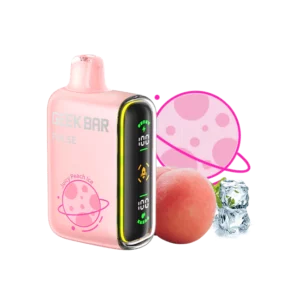How long should you keep your CFD?

When you first receive your CFD, you might wonder how long you should keep it. It’s a valid question and one that we’ll aim to answer in this article. We’ll also look at factors affecting how long you should keep your CFD. So, without further ado, let’s get started.
What is a CFD, and what are the benefits of holding one for the long term?
A Contract for Difference (CFD) is a type of derivative product that allows traders to speculate on the price movements of an underlying asset without actually owning it. You can buy and sell CFDs, as they are leveraged products, without committing any funds. As such, they provide numerous advantages compared to traditional trading instruments, such as lower capital requirements, higher liquidity, and the ability to trade multiple markets from one platform.
How long should you keep your CFD?
The answer to this question largely depends on several factors, including your trading strategy, risk appetite, market conditions, and the asset you are trading with. Generally speaking, the length of time you hold onto a CFD will be determined by how long it takes for the market to return to its original state after being influenced by some news or economic event.
For example, suppose you’re trading in a highly volatile market due to political uncertainty or geopolitical tensions. In that case, you’ll likely want to close out your positions more quickly than usual. However, if the market is more stable, you should hold onto your positions for extended periods to allow the markets to return to their normal states.
What else might affect how long you should keep your CFD?
Aside from the abovementioned factors, other factors may influence how long you should keep your CFD. Firstly, it’s important to remember that when trading with leverage, you will be subject to margin calls if your losses exceed the amount of capital allocated for trading.
As such, you must consider this and adjust your holding periods accordingly. Secondly, experienced traders often employ a ‘scalping strategy, which involves opening and closing multiple trades within a short period to take advantage of small price movements. This strategy is often used in highly volatile markets, so if this is your trading style, you may need to adjust your holding periods accordingly.
Finally, it’s also important to consider the market’s liquidity when deciding how long you should hold onto your CFD. If the market is illiquid, then it may be wise to close out positions quickly, as there will be fewer buyers or sellers should you need to exit your position.
The risks associated with holding a CFD for too long or too short a period
If you decide to hold onto a CFD for too long, there is the risk of losing more money than expected due to unexpected changes in market conditions. Similarly, if you exit a CFD position too soon, you may miss out on potential opportunities as the price increases. As such, you must always consider your trading strategy and other factors before deciding how long to hold onto your CFD.
When is the best time to sell a CFD?
Unfortunately, there is no definitive answer when the best time to sell a CFD. It will largely depend on your trading strategy and market conditions. Experienced traders often use technical analysis, such as price chart patterns or moving averages, to help them determine when it’s best to exit their positions. It’s also vital that you consider how long you have held onto a CFD before deciding whether or not you should close it out.
Conclusion
Ultimately, the length of time that you hold onto a CFD will depend on your trading strategy and market conditions. It’s essential to remember that when using leverage, you are subject to margin calls, so you must consider this when deciding how long to keep your positions open. Additionally, experienced traders may use technical analysis or employ scalping strategies to determine when the best time is to exit a position. Therefore, you must consider all factors before deciding how long to hold onto your Australian CFD.








